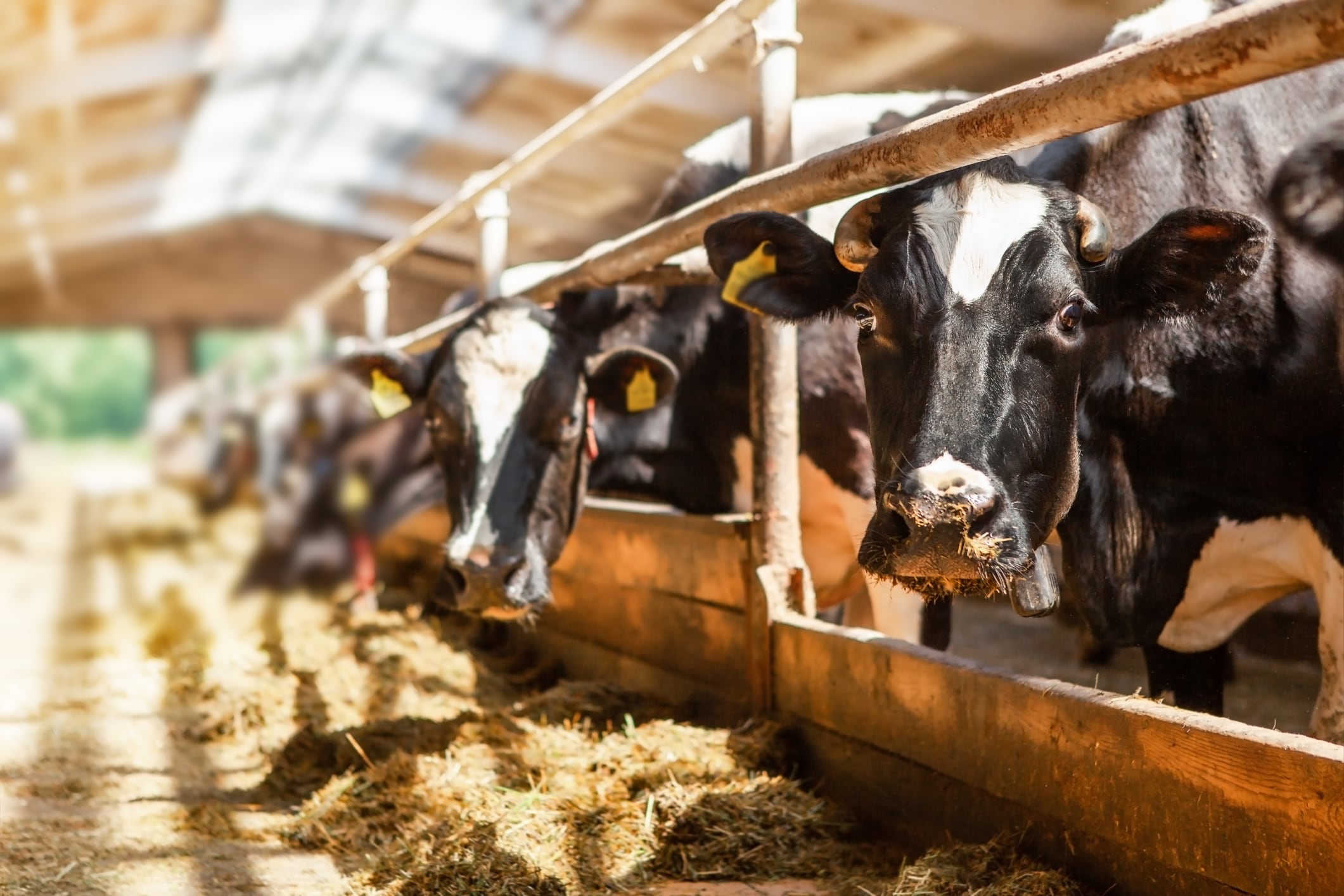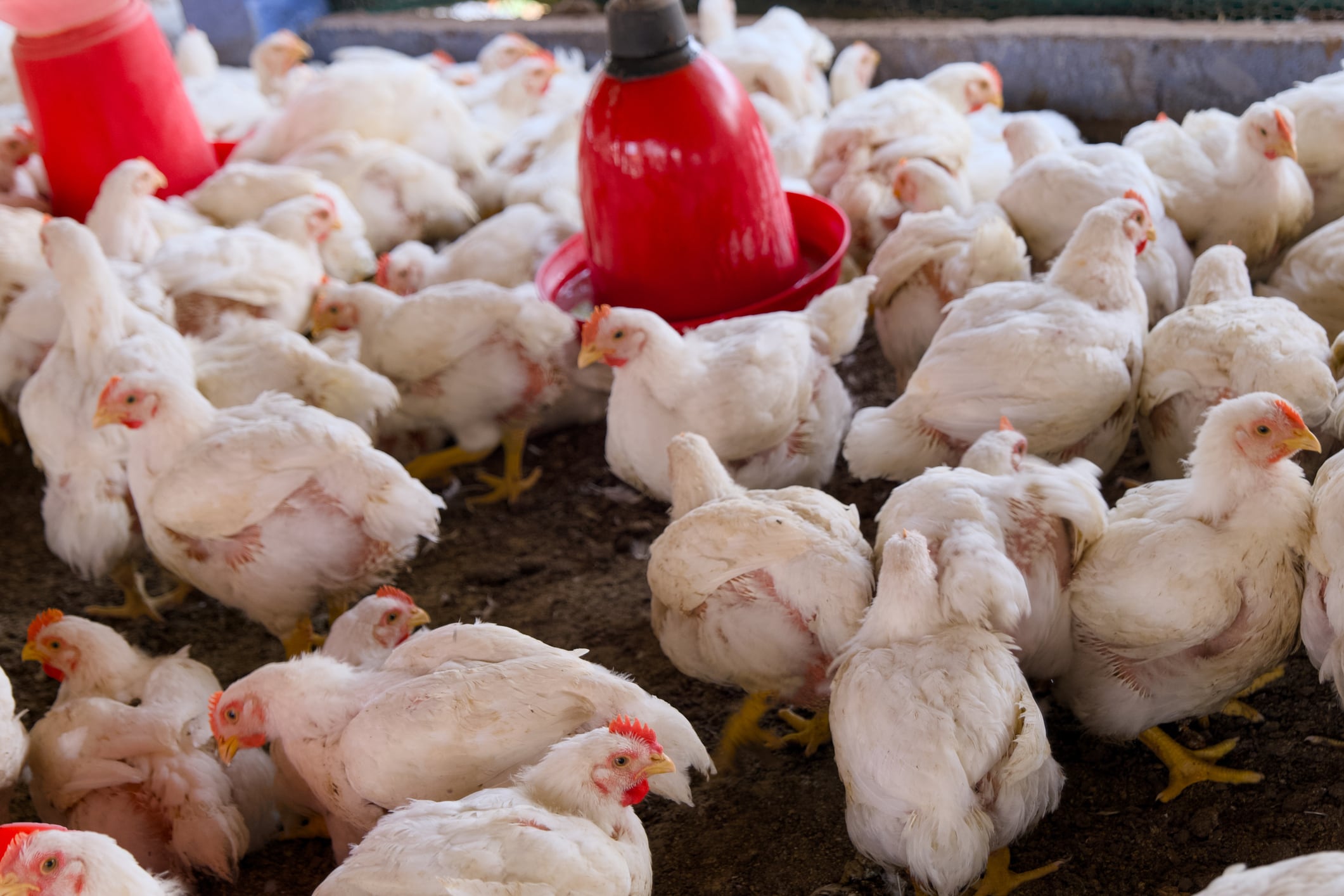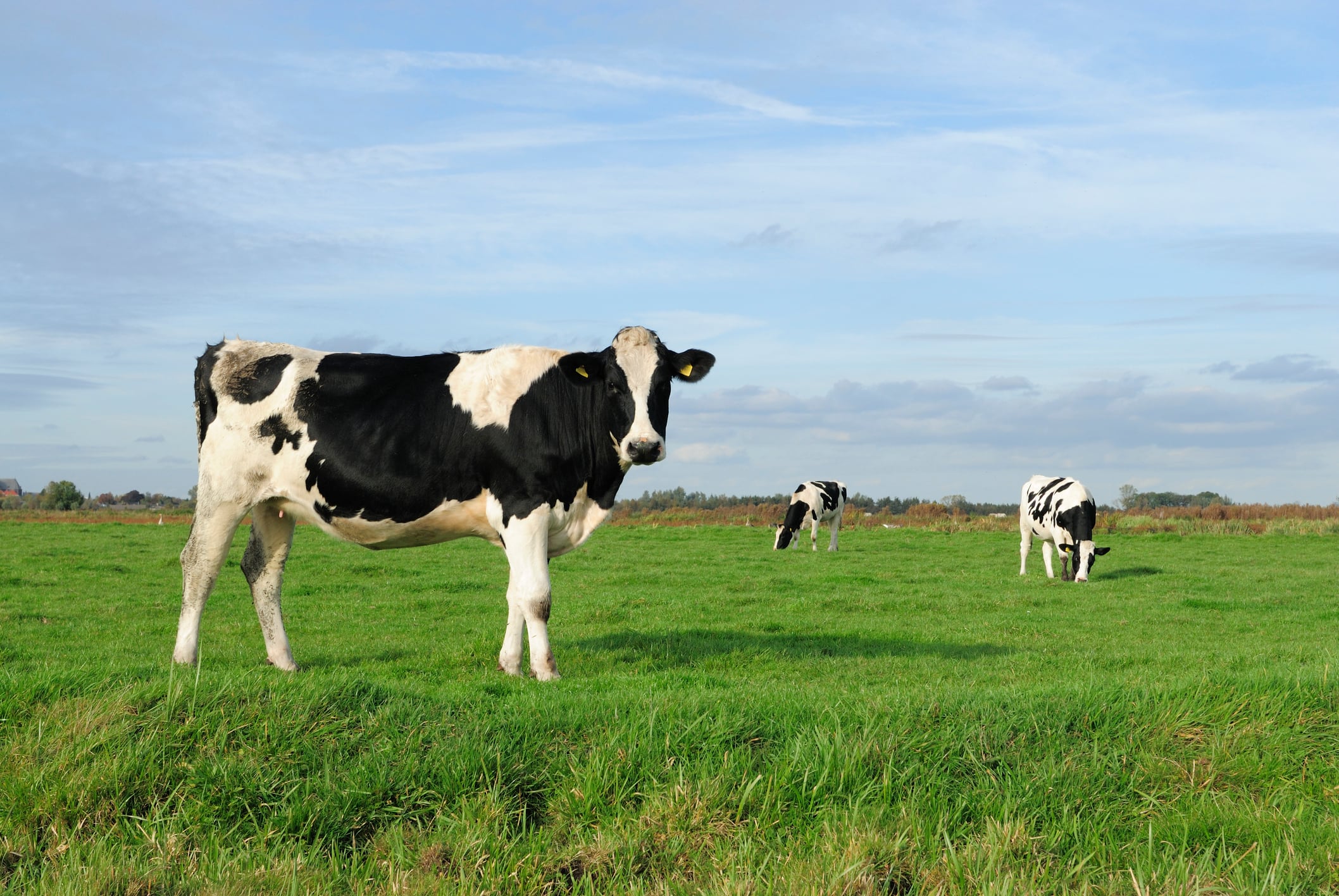The goal of Time2Graze is to reduce ruminant methane emissions by using satellite technology to pinpoint when pasture forage is at its peak nutritional value. This allows livestock to make the most of available feed, improving productivity while lowering methane output, according to the Global Methane Hub, which is funding the initiative.
Time2Graze is co-led by the World Resources Institute (WRI), Uruguay’s National Agriculture Research Institute (INIA), the International Center for Tropical Agriculture (CIAT), and the World Wildlife Fund (WWF).
Operations will begin in Uruguay, Argentina, Brazil, Colombia, Uganda, Tanzania, Zimbabwe, and Nigeria - countries where grazing systems dominate.
Livestock production supports the livelihoods of millions and plays a vital role in global food and nutrition security. Yet it is also a major source of greenhouse gas emissions, particularly methane. Pastoral systems, which are widespread but vary greatly across regions, face seasonal constraints that limit productivity. In tropical, subtropical, and temperate zones, forage harvest levels typically reach only 40 and 60% of their potential. At the same time, grazing and mixed systems account for an estimated 98% of methane produced by livestock digestion - 78% of which originates in countries of the Global South.
Feed digestibility
The project thus aims to provide near-real-time satellite-based estimates of grassland biomass, tracking pasture levels across 10-meter-by-10-meter grids every five days. According to the hub, even a 10% improvement in feed digestibility can lead to a 20% reduction in methane.
The idea is to transform publicly available satellite data into actionable insights for farmers, said Hayden Montgomery, agriculture program director, Global Methane Hub.
“We selected the Sentinel platform as our foundation because it provides high-quality, open-source satellite information.”
However, satellite data alone is not enough. To ensure confidence in information captured hundreds of kilometres above the ground, it must be validated through fieldwork, he told AgTechNavigator.
This ‘ground truth’ work is both essential and often underfunded. Time2Graze establishes protocols for consistent data collection so that field information can be integrated across regions, systems, and scales.
“The more high-quality, interoperable data generated, the stronger, the more reliable the calibrations and insights become,” stressed Montgomery.
A key strength of Time2Graze is its bottom-up approach.
By involving those closest to the land - farmers, pastoralists, and local institutions – the project ensures that decision-support tools are practical, trusted, and relevant; those tools and the validation process are co-developed with such stakeholders, ensuring outputs are scientifically robust yet directly applicable, he explained.
“We are bringing together Earth Observation data, pasture models, and producer knowledge into one decision-support system. This provides real-time alerts and predictive forecasts to help livestock producers manage grazing intensity more effectively.”
Dr Juan Andrés Cardoso, plant ecophysiologist, CIAT
Economic benefits
The approach looks to improve the economic and environmental sustainability of grazing systems by better matching biomass availability to animal demand, synchronizing supply and demand dynamics, and improving both the quality and quantity of pasture biomass.
“This should unlock economic benefits for those who manage livestock and at the same time deliver on broader sustainability goals, including the reduction of methane.”
Another important co-benefit is resilience to climate extremes, he outlined. By combining satellite data, field observations, and pasture growth models, the initiative can project how current biomass and stocking rates may interact with future weather or climate events. “This would enable producers to proactively manage risks such as droughts,” said Montgomery.
The project also addresses the lack of access to reliable information, particularly in low- and middle-income countries. Many producers lack the tools to connect biomass availability, stocking rates, and climate projections in ways that inform daily or seasonal decisions, he reported.
Expert led discussion on methane emissions in Amsterdam
Join expert voices on methane emission reduction at the Animal AgTech Innovation Summit in Amsterdam. Our panel will explore practical and scalable strategies to reduce methane emissions in agriculture, focusing on innovations that balance environmental impact with economic viability.
Key topics will include:
• Cost Responsibility: Who should fund methane-reducing feed additives, and how to make them financially sustainable for farmers and supply chains.
• Feed & Breeding Innovations: The role of feed optimization and selective breeding in cutting methane while enhancing productivity and profitability.
• Cattle Vaccines: Long-term potential of methane-reducing vaccines and how to navigate research, regulatory, and commercialization hurdles.
• Manure Management: Techniques like digesters, acidification, and solid-liquid separation to reduce emissions and improve farm efficiency.
• Public-Private Partnerships: How collaboration between industry and government can accelerate adoption of methane abatement technologies.
This compelling conversation will be led by Justin Zahra, Director, EU Agriculture Program, Environmental Defense Fund. Experts include Pablo Ross, Chief Scientific Officer, STgenetics, Caroline Heller, Chief Business Officer, Rumin8, John Hammond, Immunogenetics Group Leader, Pirbright Institute, and David MacDonald, Head of Ventures, AgriZero.
Project coordination
The hub has a coordination role in the project, but the management of satellite and data acquisition is led by WRI, building on experience from the Global Pasture Watch initiative, which mapped rangeland and pastureland extent and produced publicly available data layers.
Interpretation, and application of this information are conducted by regional partners: INIA in Uruguay and Argentina, CIAT in Colombia and Brazil, and WWF offices in Uganda, Tanzania, Zimbabwe, and Nigeria. Local actors - including producer associations, pastoralist groups, and companies - are actively engaged in each country.
Expansion plans
By creating a platform that allows for data interoperability and integration across multiple agroecological conditions, the project benefits even countries not directly involved in the initial phase, added Montgomery.
There are plans to eventually expand into additional countries through pilot projects and collaborations with governments, companies, and philanthropic organizations.
“The first participating countries will serve as ‘lighthouse’ sites, demonstrating methods, tools, and knowledge that can be scaled to neighbouring regions with similar production systems.”
Genetic selection, feed additives, methane vaccines
Time2Graze is just one project that the Global Methane Hub is involved in as regards feed efficiency.
“We are applying the same logic in another project focused on dairy systems, where feed is often provided but not properly balanced. Through feed surveys, feed analyses, and public databases, we are developing decision-support tools for ration balancing in dairy systems. This project is already operational across 19 different geographies. By ensuring animals receive adequate nutrition, we help farmers produce more milk, support local economies and food security, and reduce methane emissions per unit of milk produced,” reported Montgomery.
While animal health is an important part of the hub’s overall strategy, it also sees innovation as a critical component.
“Optimizing the production of milk, meat, and fiber in livestock systems globally can significantly reduce emissions intensity, but it is unlikely to be sufficient to lower methane in absolute terms to the level we need. To address this, we are investing in new technologies and solutions that are cost-effective, safe, and proven.
“We have set up accelerators to support the development of innovations, including an enteric fermentation R&D accelerator. This work focuses on low-methane genetic selection, feed additives, methane vaccines, microbiome measurement, and animal physiology. To date, we have already deployed over $100m in funding to accelerate research in these areas,” outlined Montgomery.
The goal is to integrate these solutions into optimized livestock systems, reducing methane further without compromising productivity.
“Over time, we hope that even solutions that are currently more expensive will become accessible and cost-effective, ensuring both productivity gains and climate benefits are realized.”




